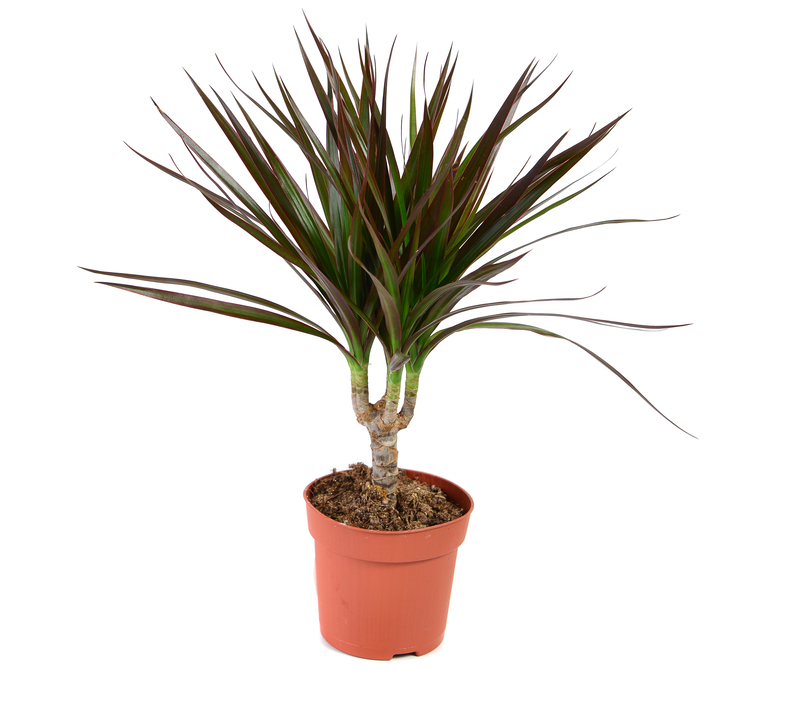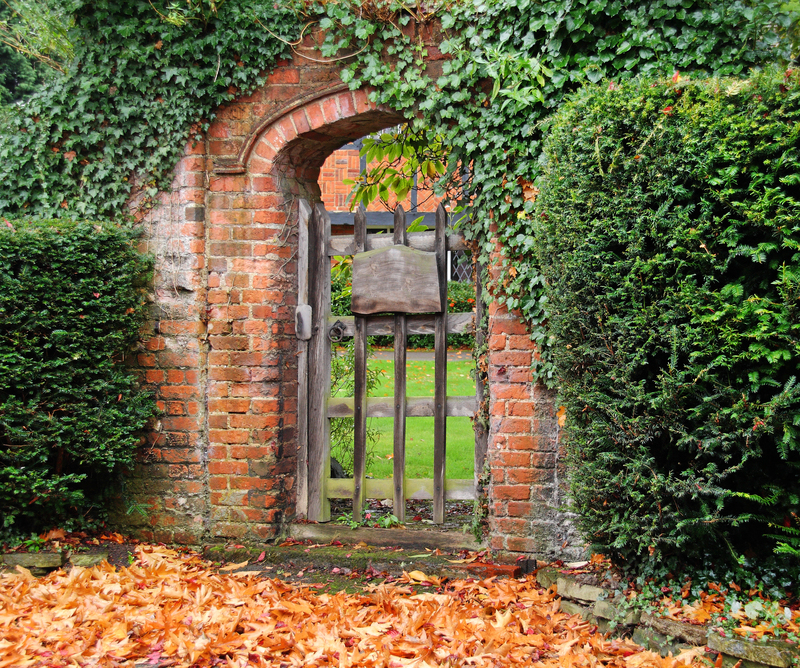Revamping Shadowed Spaces: The Evergreen Climber Way
Posted on 24/05/2025
Revamping Shadowed Spaces: The Evergreen Climber Way
Transforming shaded areas into vibrant green spaces can be a challenging yet rewarding endeavor. This article explores how evergreen climbers can be your best allies in revamping shadowed spaces, adding beauty, boosting biodiversity, and creating a tranquil environment.
Understanding Shadowed Spaces
Before delving into the solutions, it's essential to understand what constitutes a shadowed space. These are areas that receive limited sunlight due to structures, trees, or other obstacles. While many plants struggle in such conditions, evergreen climbers thrive, offering a green solution where others falter.
Why Choose Evergreen Climbers?
Evergreen climbers are ideal for shaded spaces for several reasons:
- Adaptability: These plants are naturally adapted to grow in low-light conditions, ensuring year-round greenery.
- Low Maintenance: Once established, evergreen climbers require minimal maintenance, making them perfect for busy homeowners.
- Versatility: They can cover unsightly walls, fences, and trellises, creating an aesthetic appeal.
- Ecological Benefits: They support local wildlife by providing habitats and food sources for various species.

Popular Evergreen Climbers for Shaded Areas
When it comes to selecting climbers for shadowed spaces, several species come to mind:
Ivy (Hedera helix)
English Ivy is a classic choice. Known for its hardy nature, it clings beautifully to walls and fences. Its variegated leaves add depth and contrast to any garden design.
Climbing Hydrangea (Hydrangea petiolaris)
This climber produces fragrant white blossoms and can thrive in deep shade. Its peeling bark adds winter interest, creating a compelling feature even in the off-season.
Star Jasmine (Trachelospermum jasminoides)
The Star Jasmine is renowned for its stunning white flowers that release a delightful fragrance. It's an excellent choice for pergolas and archways, adding a sensory dimension to your garden.
Clematis
Clematis varieties, such as Clematis armandii, provide beautiful blossoms and glossy green leaves, making them perfect for shaded areas where aesthetics matter.
Step-by-Step Guide to Planting Evergreen Climbers
Planting evergreen climbers requires some planning and execution for optimal growth:
Preparation
- Analyze the Space: Determine the exact level of shade and choose climbers accordingly.
- Soil Quality: Ensure that the soil is well-drained and enriched with organic matter to support the climbers' roots.
- Create supportive structures like trellises or use existing walls for the climbers to adhere to.
Planting
- Plant in the early spring or fall when the weather is cool and moist.
- Spacing: Provide adequate space between plants to allow for growth and air circulation.
- Water the plants thoroughly after planting to help establish roots.
Care and Maintenance
- Pruning: Regularly prune the climbers to encourage growth and remove dead or diseased parts.
- Apply fertilizer once in spring to boost growth.
- Check for pests and diseases, treating them promptly to prevent spread.

Additional Tips for Enhancing Shaded Spaces
Beyond planting evergreen climbers, there are other strategies to maximize the potential of shaded areas:
- Incorporate Variety: Combine different shades and textures with ferns and hostas for a lush effect.
- Use Mulch: Adding a layer of mulch can help retain moisture and reduce weeds.
- Add Water Features to introduce a calming sound and support wildlife.
The Ecological Benefits of Revamping Shadowed Spaces
By introducing evergreen climbers in shadowed spaces, you don't just enhance your garden visually but also contribute to the ecosystem:
- Improved Air Quality: Plants act as natural air purifiers, improving the air quality around your home.
- Carbon Sequestration: Climbing plants can capture and store carbon, aiding in climate regulation.
- Biodiversity: These climbers provide homes and food for numerous insects and birds, boosting local biodiversity.
In conclusion, revamping shadowed spaces with evergreen climbers offers a sustainable, beautiful, and effective solution. By selecting the right plants and implementing thoughtful landscaping, you can transform shaded areas into lush, green retreats that benefit both homeowners and the environment.

